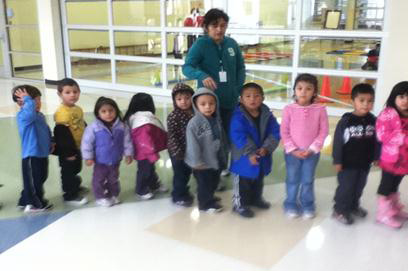Over and over again, I have been impressed by the relationship between the quality of work accomplished by young children engaging in a project and the topic on which it is focused. To a large extent, the depth and complexity of the investigation are affected by how easily the children can make firsthand observations of relevant phenomena and talk directly with people who have expertise on the topic.
Safe and easy access to objects, people, and other resources related to the topic may present a challenge for teachers who want to implement the Project Approach in complex and sometimes dangerous neighborhoods. I often meet with teachers who work with children in areas in which taking them on a walk to draw and examine the neighborhood in depth might be risky.
One approach could be to use the actual school building and grounds as possible foci for a project. A class can divide into subgroups, each of which would examine subtopics. Subgroups could study the school library or investigate what the staff members other than teachers do for most of their time at work. Here are some suggestions for other subtopics:
- Who takes care of the building? The children could try to find out what those adults do most of the time, the tools and/or the materials they use, and so on.
- Who takes care of the grounds? The children could ask similar questions about what problems the workers most often have to solve, what tools and materials they use, etc.
- Who comes into the building? How often do people come there, for what purposes, etc.
Another way to engage children who may not be able to do project work in the school neighborhood could be to choose a topic about which they can collect data at home or in their own immediate environments (e.g., apartment building). Among the topics studied at home might be shoes, various foods, doors and gates, and things people sit on—all topics about which children can easily gather information at home or with their families.
The various attributes of people at home and in the immediate neighborhood might become a project topic—for example, in a discussion with the children, the teacher could provoke their curiosity about their own families and trusted neighbors. What do the adults remember about going to school as 5-year-olds? What toys did they like? The children could ask family members and close family friends what games they played as children, and so on, to get the project started.

Lilian Katz
Lilian G. Katz, a professor emerita at the University of Illinois at Urbana-Champaign, has been an international leader in early childhood education. She has lectured in all 50 U.S. states and in 43 countries. Dr. Katz also has authored more than 150 publications about early childhood education, teacher education, child development, and parenting.
Biography current as of 2019


